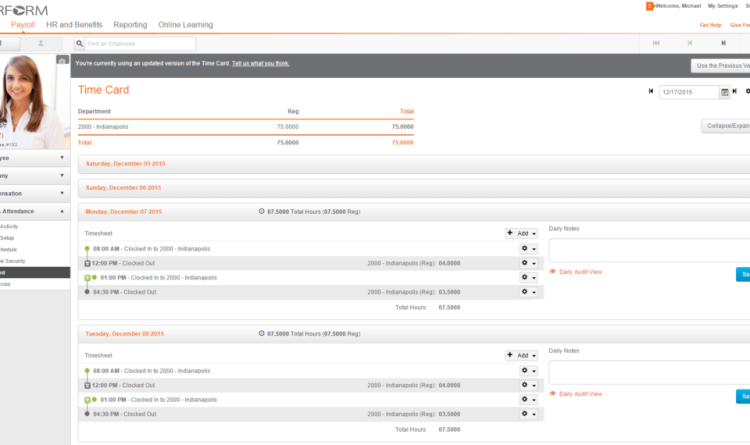What is payroll?
Payroll is the compilation of amounts of money due to employees of an Organisation. This involves the calculation of amounts earned, the application of all deductions and the payment of net amounts due both to employees and Tax Collection Authorities.
Payroll is an basic and vital part of all businesses because:
* Employees expect to receive a net amount of pay that reflects their complete entitlement after authorised and statutory deductions have been made.
* Government departments authorised to collect taxes expect payroll calculations to be correct.
* Labour costs form a large part of businesses’ overhead expenses and must be accurate in order that profit calculations are correctly ascertained.
A payroll clerk or administrator has quite a responsibility to ensure accurate calculations are made and have to take into account the following:
Income Tax and National Insurance Contributions
Everybody whose income is in excess of a certain figure, which is fixed by the Government, must pay Income Tax. This rule extends to senior citizens, pensions, dividends and interest from investments, rents received from character leases and benefits in kind.
National Insurance Contributions
National Insurance Contributions (NICs) are a form of taxation intended to fund state welfare benefits such as:-
* Unemployment assistance.
* Retirement pensions.
* Sickness benefits.
* And other forms of state assistance.
Calculating Gross Pay
Hourly Rate
Workers are paid an agreed rate for every hour, or part thereof that they work, Usually, total required hours per day or per week are agreed and any time worked in excess of these hours attract additional payment, known as overtime.
We also have to take into account:
Bonus Payments
Commission
Other additions to pay
Wages and salaries are often supplemented by benefits of another character.
These are very varied but might include :-
* Private Health Insurance.
* Company Car.
* Payments for travel from home to work.
* Staff proportion schemes
* Loans
Pay As You Earn (PAYE)
Employers are required by law to make deductions from employees’ earnings for both Income Tax and National Insurance Contributions. Generally payroll is calculated and paid either weekly or monthly and again generally weekly payments are classified as Wages whilst monthly are classified as Salaries.
Personal Allowance
Everyone is entitled to a personal allowance – this is the amount of income that someone can earn before they start to pay tax. observe that income includes earnings from work, pensions, interest on investments, dividends, rental from character etc. This personal allowance can also be referred to as Tax Free Pay
Tax Codes
Everyone who works is given a tax code by HMRC. The tax codes are usually made up of a letter and numbers and is used to calculate the personal allowance and the taxable pay. The letter simply shows how it should be modificated following any changes announced in the Budget. It does not affect the amount of tax you pay.
Restriction on age allowance for single persons
* Age allowance for married couples
* Emergency Tax Codes
These are used when someone joining the payroll is unable to provide information concerning code number or details of past earnings by method of a Form P45. The emergency code is equivalent to a single persons allowance but operated on a week 1 or month1.
SSP or Statutory Sick pay, Maternity Pay, Student Loan repayments are amongst other elements that a Payroll administrator has to take into account and calculate an employee’s wages and stoppages.
Employers Contributions
Besides paying employees a gross sum and employer also has to make National Insurance payments to HMRC over and above what is paid to the employee. This is usually around 1% more than the employee pays. So if the employee pays £10 in National Insurance the Employer also has to pay around £11 on top.
As you can see Payroll Administration is very complicated considering the above is only a summarised version of what is involved. HMRC have offered incentives for companies who switch from Manual Payroll to Computerised payroll. Sage Payroll is the most popular Payroll Administration software used in the UK, and learning how to use it is becoming basic. Because once learned it is extremely accurate and easy to use. This system is extremely efficient and can save up to 60% of your time. On average for an experienced Payroll Administrator the Sage 50 Payroll specialized package only takes around 20 hours to learn. For a complete beginner wishing to gain recognised qualifications it is advisable to start at the beginning by learning the basics and administrating Payroll in the traditional manual method, and then progressing on to learning the Sage Computerised Payroll package. Training Link provide both the ICB Diploma in Payroll Management courses and also the stand alone Sage Payroll training Courses. The diploma course takes around 50 hours to complete and on passing the exam the student will have specialized qualifications and be able to use ICB designated letters after their name.

